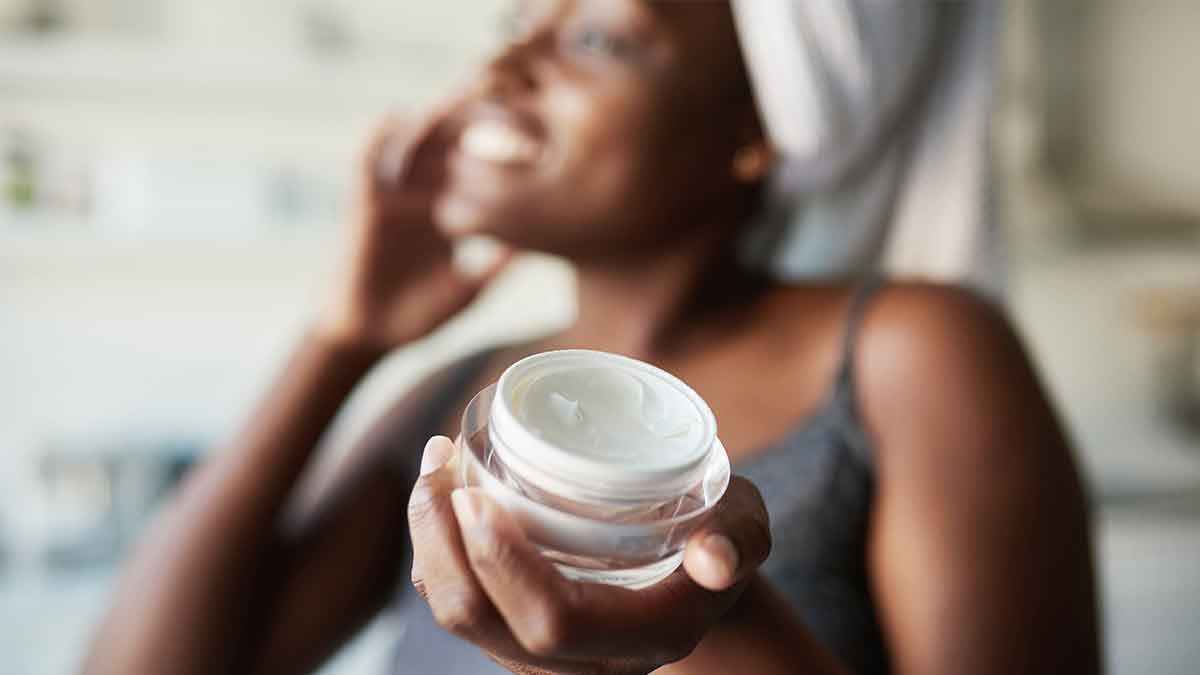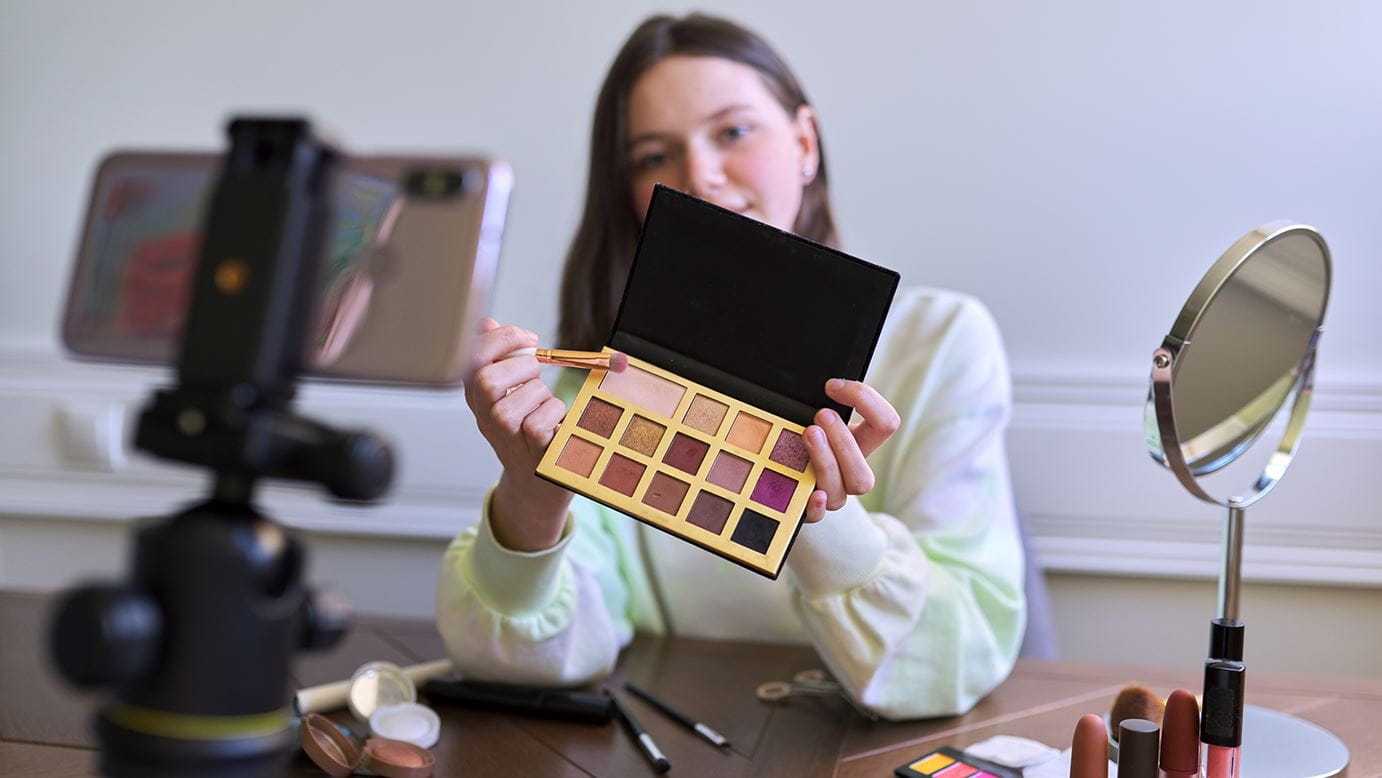How to combat excessive sweating

If you’ve ever suffered from excessive sweating, you know full well how this condition can be both a nuisance and an embarrassment. Excessive sweating, or hyperhidrosis, can be defined as any amount of perspiration that occurs beyond what’s needed to cool your body, which is a normal physiological function.
The most common areas where excessive sweating occurs are your face and scalp, palms, armpits, soles of your feet, lower back, buttocks and inner thighs.
It’s important to note that excessive sweating has nothing to do with your personal hygiene. Bacteria on the skin’s surface causes odor from sweating. Body odor can occur in those who sweat a little bit or a lot. The quantity doesn’t matter.
If you’re sweating so much that it’s soaking through clothing, running down your face or interfering with shaking a person’s hand due to clammy or wet palms, it might be time to talk to your doctor. You don’t have to let excessive sweating interfere with your relationships or cause you embarrassment.
Causes
A variety of underlying medical conditions, such as endocrine disorders, neurologic conditions, infections, cancer, menopause and even medications, can cause secondary hyperhidrosis. Sweating due to these conditions is usually generalized. It’s important to see a board-certified dermatologist to exclude underlying causes and for a comprehensive management plan.
Sometimes there’s no specific cause but, often, heredity is to blame.
Treatment
If you find that you’re sweating a lot and it’s happening beyond the normal triggers like exercise, you don’t need to suffer through it. There are ways to treat and even prevent excessive sweating.
Use an over-the-counter aluminum-based antiperspirant daily. It’s important that it’s labeled antiperspirant and not just “deodorant.”
There are many products that you can buy over-the-counter that offer clinical-strength or prescription-strength antiperspirants.
If an over-the-counter remedy doesn’t help, visit a dermatologist who can prescribe an antiperspirant that contains 20 percent aluminum chloride to plug sweat ducts. Other options might include medication, such as topical or oral glycopyrollate or oral oxybutynin, which block the nerve signal to the sweat gland.
For more serious cases, your dermatologist may recommend:
- Iontophoresis – a device that produces an electric current that interferes with sweat gland function.
- Botulinum toxin injections which block the nerve signal to the sweat gland.
- Treatment with a microwave device which uses energy to damage sweat glands in the armpits.
- Sympathectomy, a procedure in which the nerves near the spine that send sweat signals to glands are cut. This procedure has a relatively high-risk of side effects, including increased sweating at other areas of the body, called compensatory hyperhidrosis.
Alisha Plotner is a dermatologist at The Ohio State University Wexner Medical Center.




